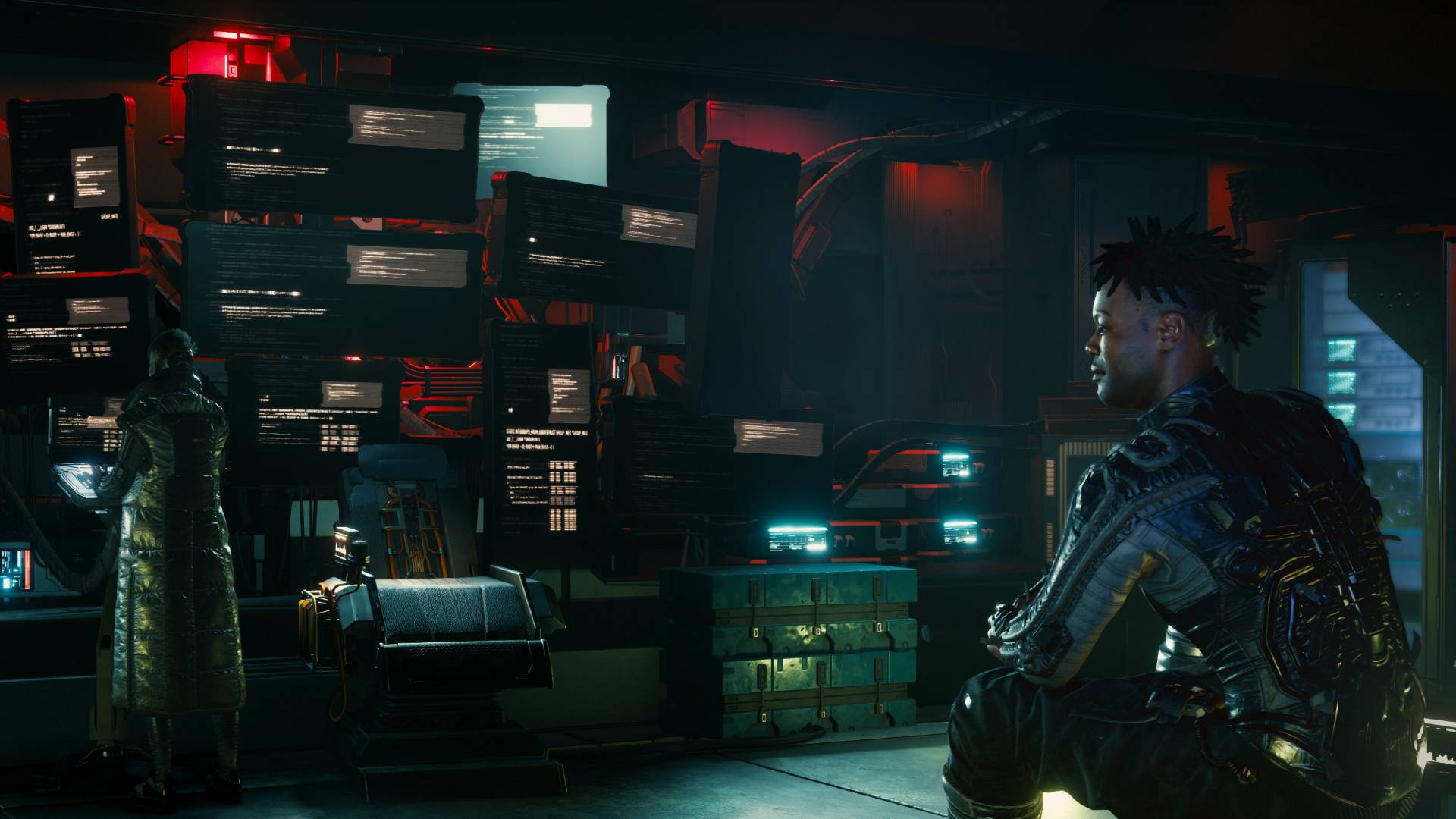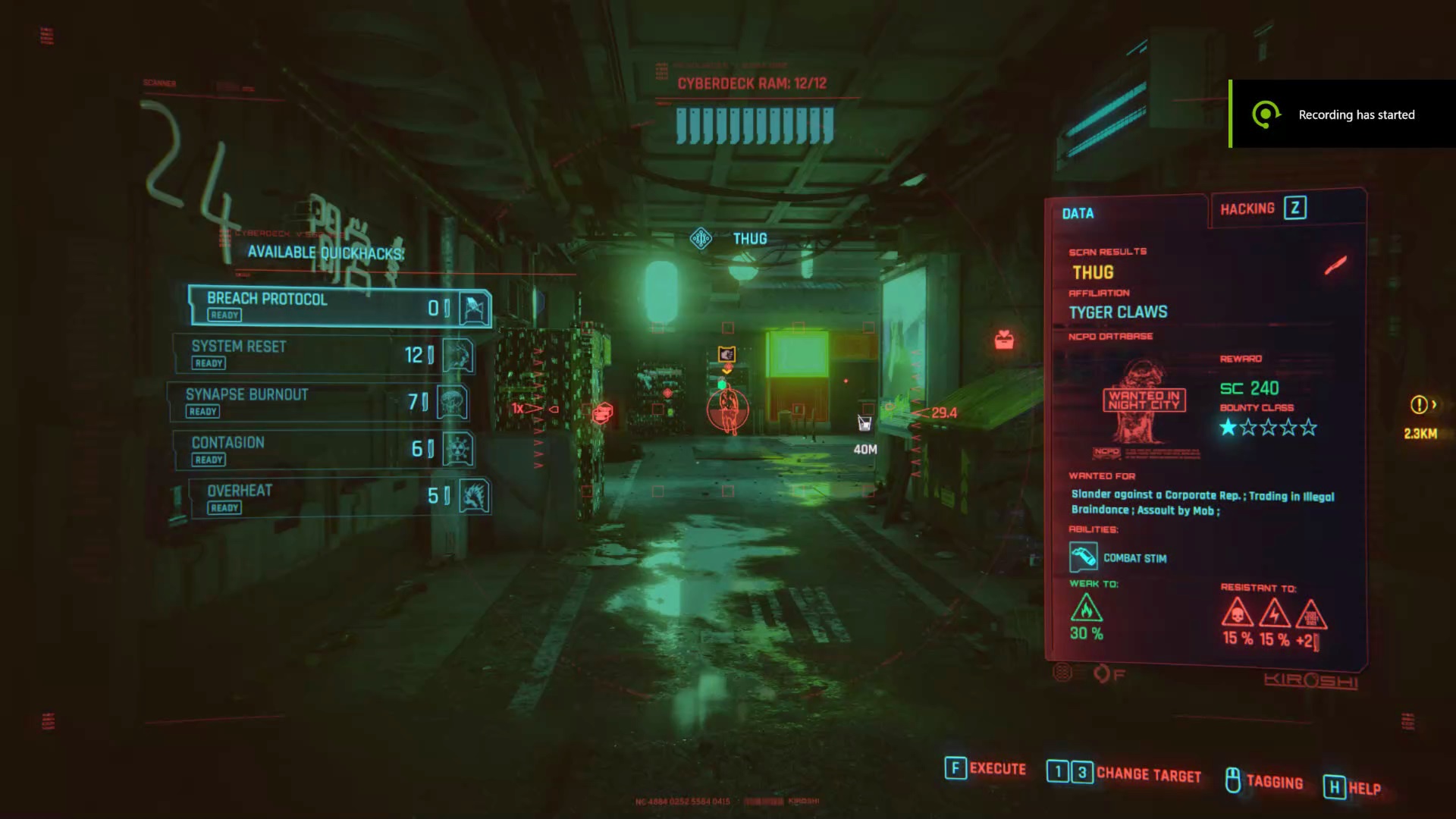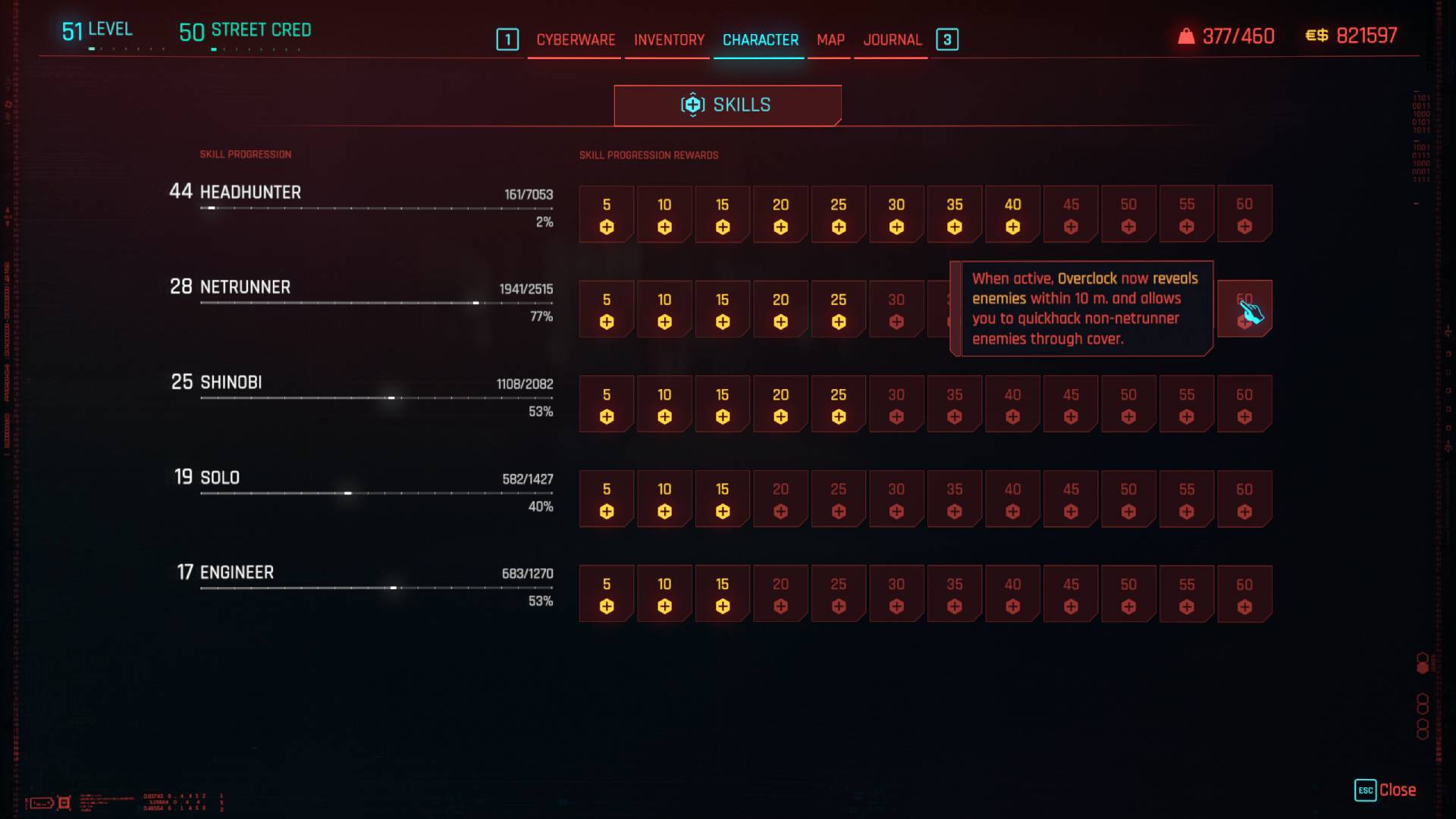How to hack in Cyberpunk 2077 and use quickhacks
Using quickhacking and Breach Protocol in Cyberpunk 2077 can give you a huge advantage

Knowing how to hack in Cyberpunk 2077 is something that will carry you through the game because it's an essential component if you want to use every tool to your advantage. The 2.0 update completely revamped how it worked, so quickhacks are now far more viable during combat, not just when you're in stealth mode. Not to mention Breach Protocol, which is a unique minigame that lets you steal money, and the better you are at it, the more you can pilfer. Here's a complete rundown of hacking in Cyberpunk 2077, with everything you need to know.
Cyberpunk 2077 tips | Cyberpunk 2077 length | Cyberpunk 2077 map | Cyberpunk 2077 lifepath | Cyberpunk 2077 weapons | Cyberpunk 2077 builds | Cyberpunk 2077 Mantis Blades | Cyberpunk 2077 romance options | Cyberpunk 2077 level cap | Cyberpunk 2077 endings | Cyberpunk 2077 bugs | Cyberpunk 2077 crashes | Cyberpunk 2077 fastest cars | Cyberpunk 2077 cheats
Cyberpunk 2077 quickhacks explained

Quickhacks are governed by the amount of RAM you have. This is increased by levelling up, taking the relevant perks and attributes, and installing specific cyberware. RAM recovers passively when you use a quickhack, but some quickhacks will be off limits until you have enough RAM - or until you get a perk that bypasses the RAM requirements.
Use quickhacks by scanning objects and enemies - you'll be able to disable or remote control cameras, turn turrets friendly, or distract enemies with vending machines if you're looking at electrical items. If you target human enemies, a whole swathe of options open up depending on the quickhacks you have installed - if you have enough RAM, you can force them to commit suicide, disable their weapon, set them on fire, and more.
Quickhacks can only be installed via a ripperdoc, which means you can't edit them on the fly. But with an operating system that allows for a lot of different quickhacks, you can have plenty of options at your disposal.

To become a successful netrunner, you mainly want to invest in the Intelligence attribute. The revamped Cyberpunk 2077 builds allow you to specialise in different ways of playing, and intelligence features loads of quickhack-related perks. Some highlights include Overclock, which unlocks a mode that allows you to use quickhacks even when you don't have enough RAM; Copy-Paste, which means quickhacking an enemy netrunner targeting you spreads your hack to more enemies; and Eye In The Sky, which is essential for stealth builds as it highlights nearby cameras and access points.
However, you also have the Technical Ability attribute, and while that doesn't directly affect quickhacks, it does allow for various buffs and upgrades to your cyberware. And as you might have guessed, lots of cyberware mods you can install affect your quickhacks - primarily anything installed in the frontal cortex, face, or on your operating system. So we'd recommend investing in Technical Ability too.
Finally, there's the Netrunner skill. Skills are upgraded passively, by performing actions relevant to that skill. So to level up Netrunner, you should be hacking as much as possible. You'll receive upgrades every five levels - it starts off by increasing your RAM recovery rate, giving you extra RAM, but when you max it out, you'll get some Overclock-specific buffs that can make you seriously overpowered.
How to steal cars in Cyberpunk 2077 | How to make money in Cyberpunk 2077 | How to respec in Cyberpunk 2077 | How to holster your weapon in Cyberpunk 2077 | Can you change your appearance in Cyberpunk 2077 | Cyberpunk 2077 Overheat attack guide | How many acts are in Cyberpunk 2077?
Cyberpunk 2077 Breach Protocol instructions
The Cyberpunk Breach Protocol is a hacking minigame you can use to extract cash and resources from terminals, or weaken enemies to further attacks. When you use it you'll see three sets of numbers, with the options they unlock when you match the sequence. These will change depending on whether you're hacking a terminal for resources, or an enemy, turret or camera. If you're hacking for resources the former will simply list a small, medium or large reward of cash and resources. While offensive options will include things like reducing the cost of hacking enemies, lowering resistance to damage or deactivating cameras.
To input a sequence you have to select the numbers from the grid on the left in the same order. To help you plan this out, if you hover over the numbers on the left it will highlight any that appear in the sequences, and hovering over the sequence numbers will highlight the matching numbers in the grid.
You'll always start on the top row and selecting a number there will then let you select from the column below the number you selected, then the row of the next number and so on - always alternating between columns and rows.

If you want to keep it simple you can simply pick the option you want and work though the matching sequence fairly easily but it is possible to collect all three sequences in one go. The trick is to stack them. If you pick a number that appears in two sequences you'll get them both to light up but as soon as you select a number that only appears in one, the other will reset. In the image above selecting 1C will complete the first sequence and earn the reward, while continuing the third sequence. However, the second one will reset. The best way to try and get all three is to work through the three sequences is to end one sequence so that its final number starts another. This will let you chain them together without breaking any of the sequences and resetting or failing the combinations.
© GamesRadar+. Not to be reproduced without permission
Weekly digests, tales from the communities you love, and more

I'm GamesRadar's Managing Editor for guides, which means I run GamesRadar's guides and tips content. I also write reviews, previews and features, largely about horror, action adventure, FPS and open world games. I previously worked on Kotaku, and the Official PlayStation Magazine and website.


